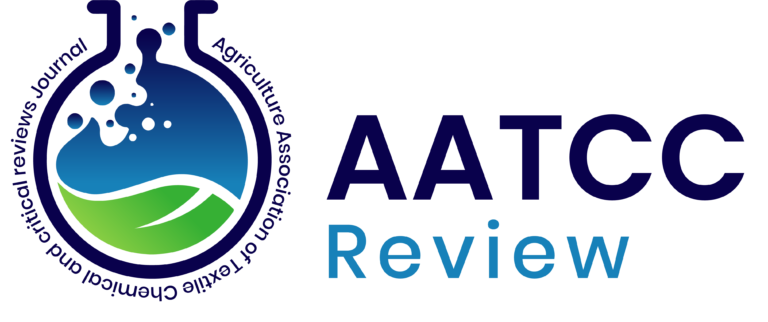Biocontrol and Homeopathic Approaches Against Neopestalotiopsis protearum: A Novel Strategy for Managing Sapota Leaf Spot
DOI: https://doi.org/10.21276/AATCCReview.2025.13.02.27
Abstract
Samples of leaf spot disease were collected from a sapota orchard on the university
campus and brought to the laboratory, the pathogen was isolated using the hyphal tip technique,
and its pathogenicity was confirmed in both pot culture and moist blotter paper method.
Neopestalotiopsis protearum isolate was identified based on cultural characteristics,
morphology, pathogenicity tests, and molecular analysis. In the present investigation, biocontrol
agents and homeopathic medications are used to combat the sapota leaf spot pathogen. Isolation,
screening, and field testing of several biocontrol/homeopathic remedies requires substantial time,
people, and resources. A total of 3 fungal and 2 bacterial bioagents were evaluated against N.
protearum usingdual culture technique, out of which Trichoderma asperelloides and
Trichoderma asperellum were found most effective which recorded least mycelial growth of
2.25 cm, and 2.88 cm corresponding to highest mycelial growth inhibition 74.31% and 67.14%
respectively of the test pathogen over untreated control followed by Pseudomonas fluorescens
and Trichoderma harzianum which recorded 3.38 cm and 3.70 cm radial mycelial growth and
61.43% and 57.71% inhibition of the test pathogen respectively. Ten homeopathic drugs at the
concentration of 100 ppm were evaluated by employing poisoned food technique against N.
protearum out of which Arsenicum and Rhus toxicodendrum had the highest mycelial growth
inhibition percentage (100%), which was noteworthy when compared to the other drugs tested.
PDF: View / Download
